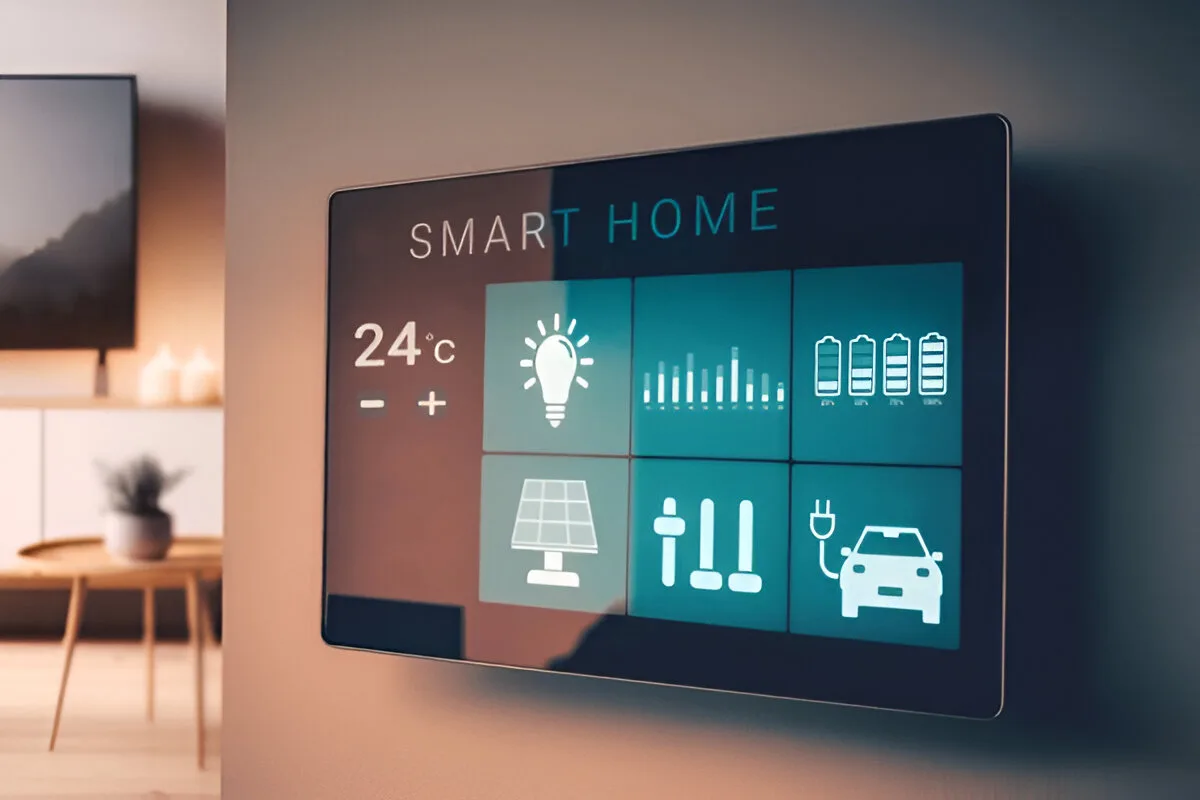As technology, climate conditions, and lifestyle preferences continue to evolve, adapting your home to meet these changes is essential. A future-ready home enhances convenience, sustainability, and value while minimizing long-term costs. Below are key strategies to keep your home efficient and relevant for years to come.
1. Embracing Smart Home Technology
Modern advancements in smart technology offer increased convenience, security, and energy efficiency. Consider integrating the following:
- Smart thermostats: Devices like Nest and Ecobee learn your patterns and optimize temperature settings to save energy.
- Automated lighting: Motion sensors and programmable lighting systems help reduce electricity use.
- Security enhancements: Smart cameras, doorbells, and locks provide remote monitoring and increased safety.
- Voice and app control systems: Assistants like Amazon Alexa or Google Home allow effortless management of home devices.
2. Enhancing Energy Efficiency
Minimizing energy consumption benefits both the environment and your budget. Consider these improvements:
- Solar panel installation: Though initially costly, solar energy significantly cuts electricity expenses over time.
- Energy-efficient appliances: Opt for ENERGY STAR-rated models to conserve water and electricity.
- Improved insulation and windows: Proper insulation and double-glazed windows help maintain indoor temperatures efficiently.
- Rainwater collection systems: These reduce reliance on municipal water sources for outdoor use.
3. Creating Flexible Living Spaces
Homes should be adaptable to accommodate changing needs, including remote work. Consider:
- Multi-functional rooms: A guest room that doubles as an office or gym maximizes utility.
- Open floor plans: These allow for versatile room configurations as requirements change.
- Accessibility features: Wider doorways, slip-resistant flooring, and walk-in showers enhance long-term usability.
4. Choosing Durable, Low-Maintenance Materials
Opting for resilient materials minimizes repairs and maintenance costs. Recommended options include:
- Composite decking: More durable than wood and requires little upkeep.
- Quartz countertops: Resistant to stains and more durable than granite or marble.
- Metal roofing: Offers greater longevity and withstands extreme weather conditions better than asphalt shingles.
5. Preparing for Climate Challenges
With unpredictable weather patterns, it’s essential to reinforce your home against potential disasters. Key measures include:
- Flood-resistant foundations: Elevating structures and installing sump pumps help prevent damage.
- Impact-resistant windows: These protect against hurricanes and strong winds.
- Backup power solutions: Generators or solar battery storage maintain electricity during outages.
6. Optimizing Storage Solutions
Innovative storage solutions help keep your home organized and clutter-free. Ideas include:
- Built-in furniture and shelving: Maximizes space efficiency.
- Vertical storage solutions: Utilizing wall-mounted shelves and hooks conserves floor space.
- Under-stair storage compartments: Make use of often-overlooked spaces.
7. Strengthening Internet and Connectivity
As remote work and digital activities increase, a strong internet connection is vital. Future-proof your connectivity by:
- Upgrading to fiber-optic internet: Ensures faster, more reliable speeds.
- Using mesh Wi-Fi networks: Eliminates connectivity dead zones in larger homes.
- Installing Ethernet ports: Provides stable connections for smart devices and home offices.
Conclusion
Future-proofing your home is an investment that enhances comfort, efficiency, and sustainability. By adopting smart technology, energy-efficient solutions, adaptable spaces, and durable materials, you ensure your home remains functional and valuable in the years ahead. Taking these proactive steps today will secure a resilient, modern living space for the future.

